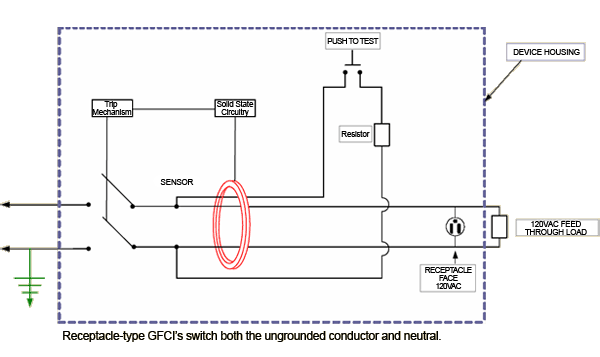wrobotronic
Senior Member
- Location
- Colorado
Hi everyone,
Can someone explain the electrical theory behind replacing an old two-wire receptacle (with no EGC) with a GFCI receptacle? Im reading 406.4D2b-c and just trying to figure out how this adds a level of safety. If there is no EGC how is the GFCI protecting the circuit from ground faults per se. I'm not arguing what the article is saying, but I want to be able to explain to customers why this upgrade is benefitting them, instead of just saying "that's what the code says".
Thank you all very much.
Can someone explain the electrical theory behind replacing an old two-wire receptacle (with no EGC) with a GFCI receptacle? Im reading 406.4D2b-c and just trying to figure out how this adds a level of safety. If there is no EGC how is the GFCI protecting the circuit from ground faults per se. I'm not arguing what the article is saying, but I want to be able to explain to customers why this upgrade is benefitting them, instead of just saying "that's what the code says".
Thank you all very much.

